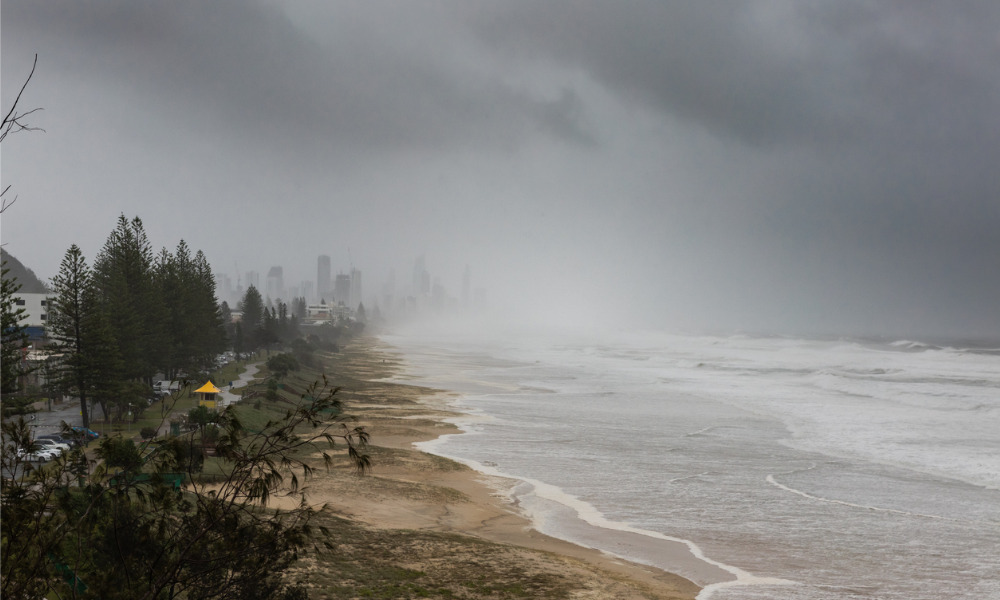Global warming to prolong La Niña events – study

Global warming to prolong La Niña events – study | Insurance Business Canada
Insurance News
Global warming to prolong La Niña events – study
Scientists warn of ‘elevated risk’
Insurance News
By
Mika Pangilinan
Scientists have warned that global warming is likely to cause longer and more frequent La Niña events, leading to an elevated risk of extreme weather conditions across the globe.
La Niña, which is characterized by cooler than normal waters in the eastern and central Pacific Ocean, occurs roughly every three to five years and can last up to two years.
La Niña and its counterpart, El Niño, are part of the broader El Niño–Southern Oscillation (ENSO) climate pattern. These irregular shifts in ocean temperatures and atmospheric conditions in the Pacific Ocean influence global weather patterns, agricultural productivity, and ecosystems.
However, a new study published in scientific journal Nature has found that these typically periodic events may become more frequent and persist for longer durations due to global warming.
The projected rise in frequency ranged from 19% in a low greenhouse gas emissions scenario to 33% in a high emissions scenario.
Researchers observed that easterly wind anomalies are amplified by faster warming in the equatorial eastern Pacific, and it is these northward-broadened easterly wind anomalies that are responsible for the extended persistence of cold anomalies associated with a La Niña event.
How will multi-year La Niña events impact Canada?
Prolonged La Niña events present a higher cumulative risk of extreme weather events, including droughts, wildfires, flooding, and altered patterns of hurricanes, cyclones, and monsoons across the Pacific and Atlantic Oceans.
Canada typically sees winters with increased precipitation and colder temperatures during La Niña events. For multi-year events, the country may witness even wetter and colder winters.
“These findings suggest that weather extremes as seen during the 2020–2022 La Niña will probably occur more frequently in the near future,” said study co-author Geng Tao from Ocean University of China.
What are your thoughts on this story? Feel free to comment below.
Related Stories
Keep up with the latest news and events
Join our mailing list, it’s free!





